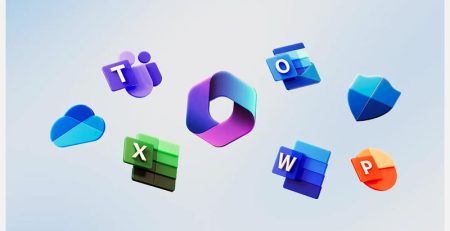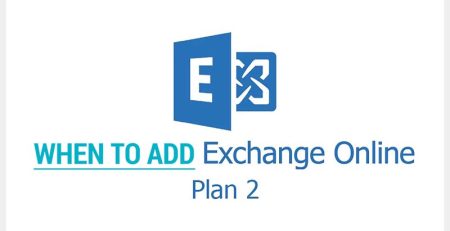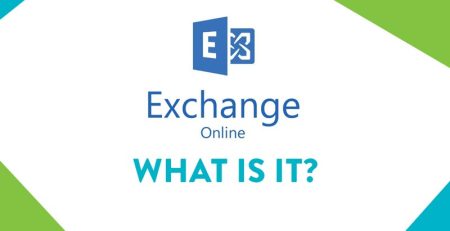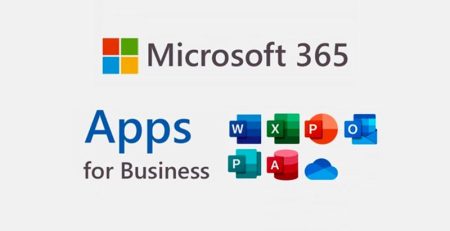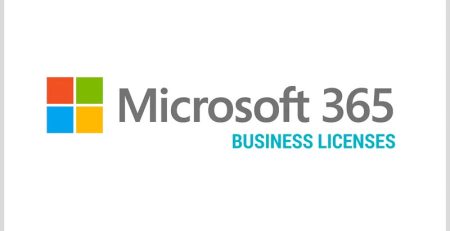Why It’s OK to Upgrade to Windows 11 Now
Microsoft released Windows 11 in October 2021, and with it came a few new features and benefits. However, like any major operating system upgrade, it’s always best to let the developers fix all the bugs and glitches before upgrading your work or personal computer. Continue reading to learn why it’s ok to upgrade to Windows 11 now.
When Windows 11 first rolled out, users reported compatibility issues, missing notifications and built-in applications not working or even opening. Coupled with the fact Microsoft said it will continue to support Windows 10 until Oct. 14, 2025, there was no reason to upgrade immediately.
After more than a year of testing by our team, we have determined Windows 11 to be stable and safe. However, if you like Windows 10 and have no desire to change, there is no rush to upgrade.
Upgrading To Windows 11
As noted earlier, it’s quite common for there to be bugs when moving from one operating system to another. Programs and applications were designed to work with one operating system and changing the operating system will introduce new problems. Even the patches to fix the initial problems could create more problems.
Though there isn’t much of a difference between Windows 10 and Windows 11 from a back-end perspective, the system is different, and there will be issues with existing software and applications.
Our testing consists of:
- Examining the software and configuration scripts we use to support our customers.
- Monitoring feedback from users who have upgraded, which includes our employees’ daily use, as well as our customers who already upgraded.
- Monitoring industry news
Ultimately, we want to make sure the functionality of Windows 11 is up to par with Windows 10, and we don’t want an upgrade to cause productivity issues if you are unable to work.
However, it should be noted we can’t test for every conceivable problem, and there could be issues when you do upgrade. We recommend upgrading a few individuals initially and testing your critical software before upgrading everyone.
What Are the Requirements to Run Windows 11?
If you have an older computer with Windows 10, you may be required to hold off on upgrading. A new operating system will require faster processing speeds and more RAM than the previous version.
Below is a list of the minimum requirements needed to run Windows 11. If you are not sure if your computer meets these specifications, you can install Microsoft’s PC Health Check app here.
- Processor: 1 gigahertz (GHz) or faster with two or more cores on a compatible 64-bit processor or system on a chip (SoC)
- RAM: 4 gigabytes (GB) or greater, but 8 GB is recommended
- Storage: 64 GB or greater available storage is required to install Windows 11 (Extra storage space might be required to download updates and enable specific features.)
- Graphics card: Compatible with DirectX 12 or later with a WDDM 2.0 driver
- System firmware: UEFI, Secure Boot capable
- TPM: Trusted Platform Module (TPM) version 2.0
- Display: High definition (720p) display, 9” or greater monitor, 8 bits per color channel
- Internet connection: Internet connectivity is necessary to perform updates and to download and use some features
- Windows 11 Home edition requires an internet connection and a Microsoft account to complete device setup on first use
Microsoft Windows Support in West Michigan
Is your company looking to upgrade to Windows 11? Contact Hungerford Technologies to see how we can help keep your business running smoothly while increasing productivity, security and profitability.




